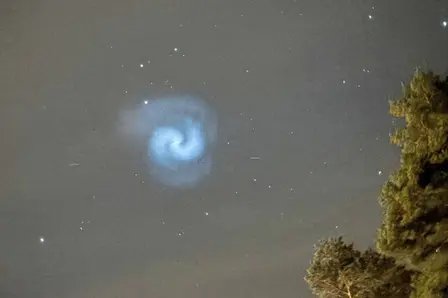T4K3.news
Vulcan launches on USSF-106
ULA's Vulcan Centaur lifts off for the Space Force from Cape Canaveral, delivering navigation satellite technology and a classified payload
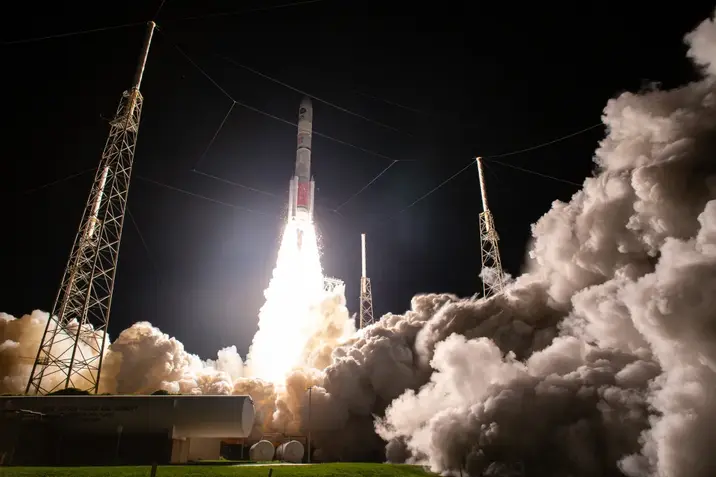
ULA launches Vulcan Centaur for USSF-106, marking the rocket’s first Space Force mission and a milestone in national security space.
ULA Vulcan cuts through night skies on landmark national security mission
CAPE CANAVERAL — United Launch Alliance sent the Vulcan Centaur aloft for the USSF-106 mission from Space Launch Complex 41 at Cape Canaveral Space Force Station at 8:56 p.m. Tuesday. The lift featured four solid boosters and two BE-4 engines, delivering more than 2.9 million pounds of thrust at liftoff. The payload includes Navigation Technology Satellite-3, which aims to geosynchronous orbit about 22,000 miles up and could eventually replace GPS, along with a second satellite that remains classified. Ground teams confirmed deployment of the satellites about seven hours after launch.
Key Takeaways
"Vulcan is a catalyst to supporting national defense in the strategic warfighting domain of space"
Bruno on the launch’s strategic importance
"This launch begins a new era in national space security"
USSF-106 marks a shift in security space capabilities
"We officially end our reliance on Russian-made main engines with this launch"
Horne III on propulsion independence
"We continue to maintain our assured access to space with at least two independent rocket service companies that we can leverage to get our capabilities in orbit"
Horne on resilience and competition
This debut marks a watershed moment for national security launches. Vulcan was designed to replace Atlas V and Delta IV, engines from Russia that are now phased out by a congressional push for domestic propulsion. ULA says the mission also signals a strategic shift toward greater independence in space access, shared with SpaceX as the other major US launch provider. Delays in Vulcan development have lingered on, and several NS flights remain on the backlog. Still, the success of USSF-106 demonstrates the industry’s ability to meet a growing demand for secure, spaceborne capabilities while highlighting the delicate balance between rapid mission turnover and rigorous safety, testing, and political scrutiny. As officials push to accelerate future launches, questions will focus on cost, reliability, and the pace of certification for new customers like the Space Force and commercial partners.
Highlights
- Vulcan is a catalyst to supporting national defense in the strategic warfighting domain of space
- This launch begins a new era in national space security
- We officially end our reliance on Russian made main engines with this launch
- We continue to maintain our assured access to space with at least two independent rocket service companies that we can leverage to get our capabilities in orbit
Political sensitivity around national security launches
The Vulcan program touches on budget planning, propulsion independence, and defense policy decisions. Delays and reliance on domestic engines can invite political scrutiny and public reaction, especially as Congress weighs costs and alternatives.
The road ahead will test both the rocket and the system that relies on it.
Enjoyed this? Let your friends know!
Related News
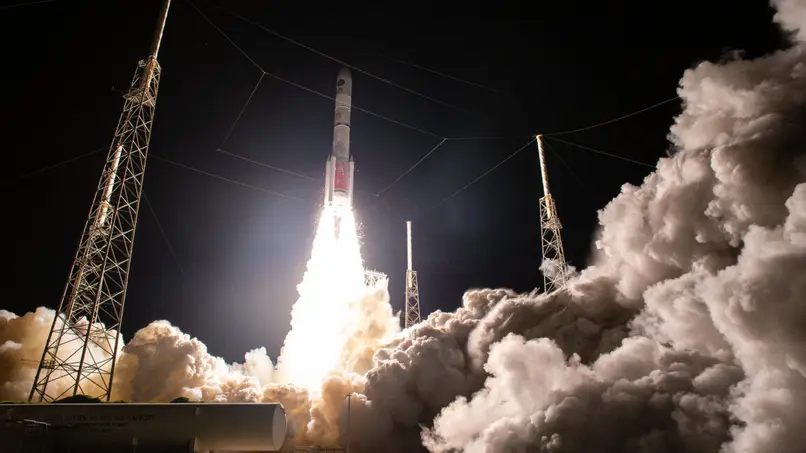
Vulcan launches first operational flight
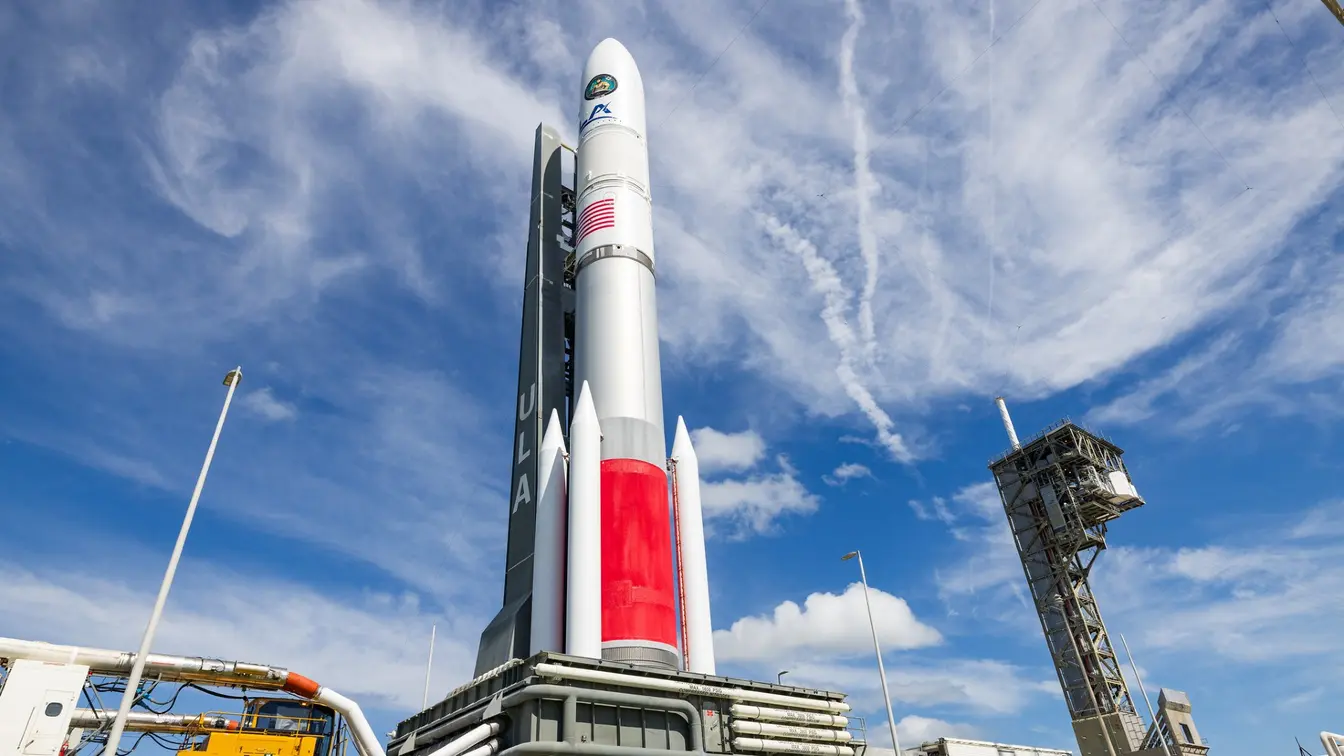
Vulcan Centaur launches experimental military satellite
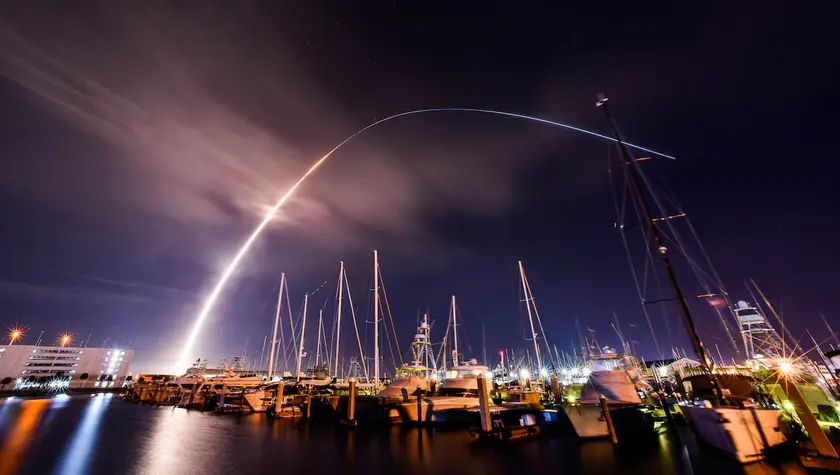
Vulcan rocket to conduct military mission next week
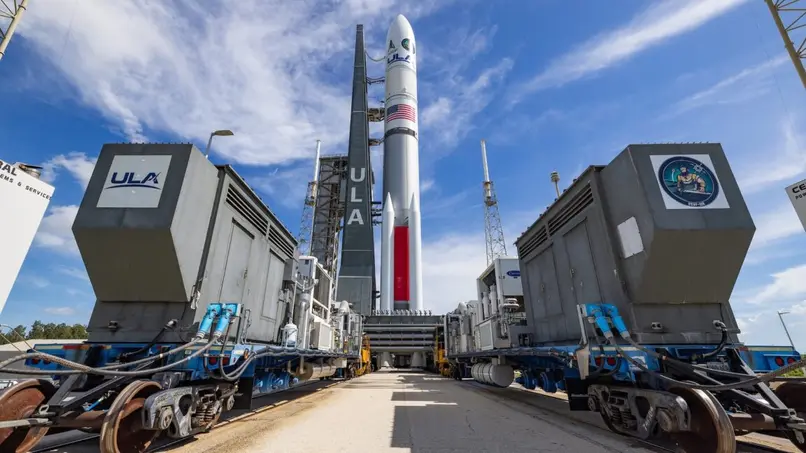
Vulcan rocket to lift national security satellites
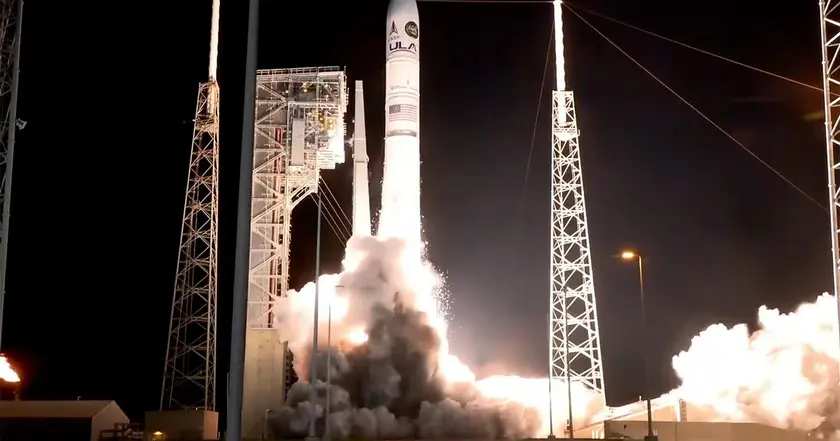
ULA Vulcan lifts off on Space Force sanctioned flight
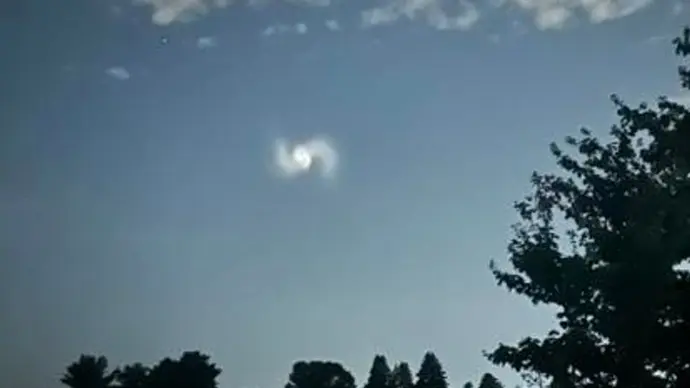
Vulcan rocket lights up PA sky
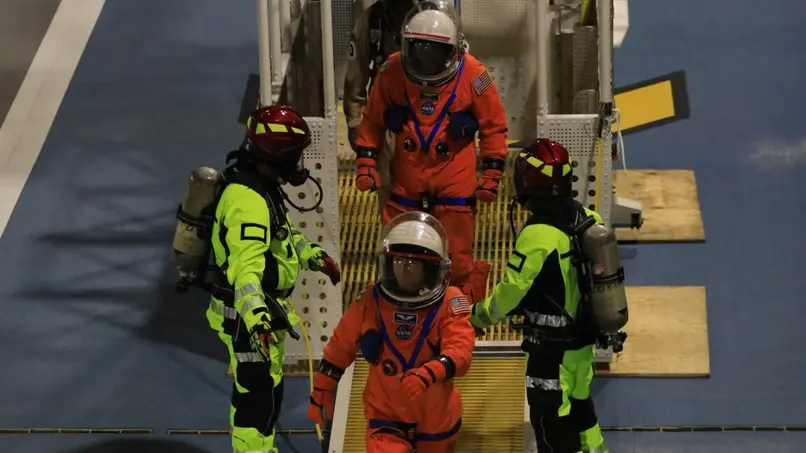
Ariane 6 completes third flight
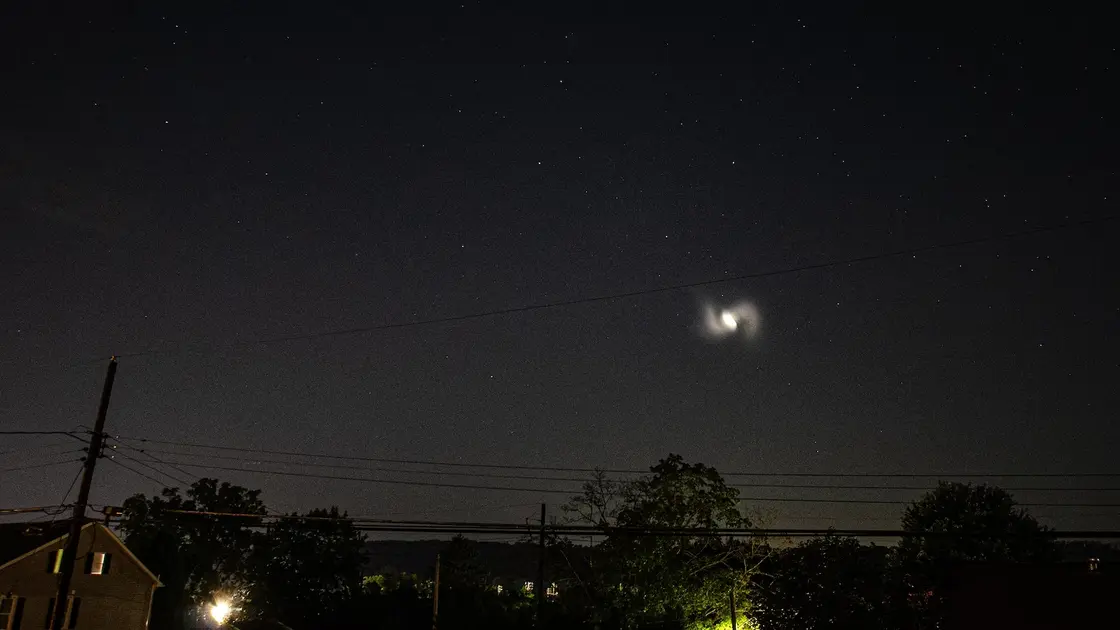
Spiral light show lights up skies
